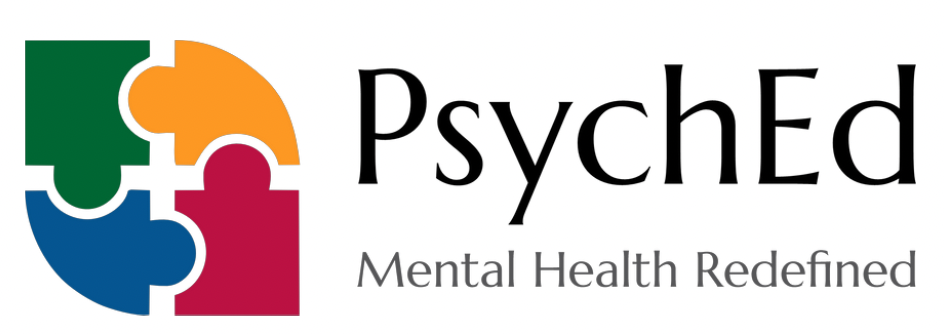Building Resilience and Grit: A Framework for Educational Leadership
In today’s rapidly evolving educational landscape, resilience and grit have emerged as fundamental qualities that shape student success both in and beyond the classroom. While traditional academic metrics remain important, these internal capabilities ultimately determine how effectively students navigate challenges, recover from setbacks, and maintain momentum toward their educational goals.
Understanding the Core Elements
Resilience transcends simple recovery—it encompasses emotional adaptability, mental fortitude, and the capacity to maintain optimism in challenging academic circumstances. This quality enables students to transform obstacles into opportunities for growth. Grit, characterized by unwavering perseverance and passionate dedication to long-term objectives, complements resilience by sustaining motivation through academic difficulties. Research consistently demonstrates that students possessing these traits exhibit superior stress management, higher achievement rates, and better overall academic satisfaction.
Impact on Student Development
The development of resilience and grit profoundly influences various aspects of student growth. Students with these qualities demonstrate enhanced problem-solving capabilities, stronger emotional regulation, and more effective decision-making under academic pressure. Moreover, they typically maintain healthier peer relationships and show greater adaptability in diverse learning environments. Studies indicate that these traits correlate strongly with reduced academic anxiety levels and increased psychological well-being.
Cultivating Supportive Educational Environments
The foundation of resilience development lies in creating educational spaces that encourage authentic expression and measured risk-taking. These environments should balance academic challenge with support, allowing students to stretch beyond their comfort zones while maintaining access to necessary resources and guidance. The role of educators and counselors proves crucial in modeling resilient behaviors and providing constructive feedback.
Strategic Academic Goal Setting
Effective goal-setting frameworks form the backbone of grit development in educational settings. This involves not just setting academic objectives but understanding the intricate relationship between daily study habits and long-term educational outcomes. Teaching students to break down complex academic goals into manageable components while maintaining sight of broader objectives helps develop both strategic thinking and perseverance. Regular reflection on academic progress and adjustments to study strategies ensures continuous growth and learning from experiences.
Emotional Intelligence in Education
Developing sophisticated emotional awareness serves as a cornerstone for building academic resilience. This includes understanding personal triggers in learning situations, developing nuanced response mechanisms, and maintaining emotional equilibrium under varying degrees of academic pressure. Advanced emotional intelligence enables students to navigate complex classroom dynamics while maintaining focus on educational objectives.
Institutional Integration
Educational institutions play a vital role in systematically developing these qualities. Effective programs incorporate structured academic challenges that progressively build coping mechanisms, while providing regular opportunities for reflection and learning from setbacks. Well-designed curriculum frameworks and support systems emphasize growth mindset and recognize effort alongside academic outcomes.
Measuring Educational Impact
The development of resilience and grit manifests through improved response patterns to academic challenges, enhanced problem-solving capabilities, and stronger recovery patterns after academic setbacks. These improvements lead to substantial long-term advantages in educational progression, peer relationships, and overall academic satisfaction. Regular assessment and reflection help institutions track student growth and refine their approaches to building these qualities.
Through concentrated development of these essential capabilities, students become better equipped to navigate educational complexities while maintaining focus on their long-term academic objectives. As the educational landscape continues to present new challenges and opportunities, resilience and grit serve as the bedrock for sustained academic success and personal fulfillment. The institutional investment in cultivating these qualities yields returns that extend far beyond immediate academic challenges, fundamentally shaping students’ capacity for achievement and growth in an increasingly dynamic educational environment.





